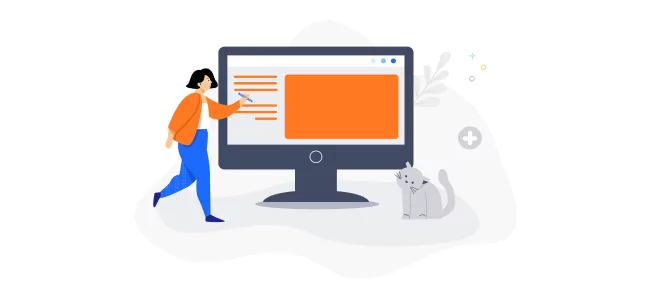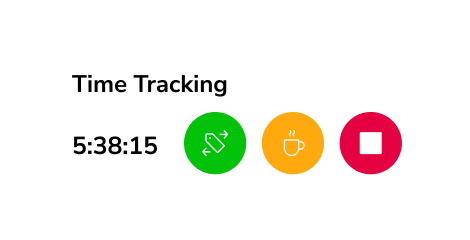40% of US digital workers start work before 6 AM, Microsoft finds

The American workday has stretched far beyond traditional hours, as a staggering 40% of employees in the U.S. begin their digital workday before 6 a.m. and some (29%) are even logging back in to work after 10 p.m., according to Microsoft.
With hybrid and remote models dominant, work now extends into mornings, evenings, and weekends. Microsoft calls this the “infinite workday,” reflecting how boundaries between work and personal time have eroded.
Current State of the Workday and Worker Hours
The Microsoft 2025 Work Trend Index Annual Report points to a widening “capacity gap,” where business demands are outpacing human capability.
According to the findings, 80% of the global workforce, including both employees and leaders, say they lack the time or energy to finish their work, underscoring widespread exhaustion.
The pressure is further intensified by leadership expectations, with 53% of managers stating that productivity must increase. This demand directly contributes to the capacity gap workers already experience.
The report also reveals that employees are subjected to an average of 275 interruptions each day, which equates to being disrupted once every two minutes during standard 9-to-5 hours.
These frequent distractions fragment the workday, making it harder to sustain deep focus, as nearly half of employees (48%) and more than half of leaders (52%) describe their work as chaotic and fragmented.
This sentiment aligns with the constant interruptions and escalating demands, showing how the very structure of the modern workday is leading to more inefficiency, stress, and burnout.
Work Schedules and After-Hours Activity
In the Microsoft 2025 Work Trend Index, it is further reported that the traditional 9-to-5 workday is being blurred, with increasing amounts of work carried out outside standard hours.
It was found that 60% of meetings are being held ad hoc, called in the moment rather than scheduled in advance, indicating that planned tasks are being disrupted by immediate demands.
A 15% year-over-year rise in chats sent outside the 9-to-5 window was also recorded, with an average of 58 messages being received before or after regular work hours.
Through these findings, it is demonstrated that expectations for connectivity and responsiveness beyond the traditional workday are being placed on employees.
Meetings held after 8 p.m. have been shown to be up 16% year-over-year, a change driven largely by cross-time-zone collaboration.
Currently, 30% of meetings are being conducted across multiple time zones, a figure that has risen by 8 percentage points since 2021.
These results show that global collaboration is reshaping schedules and that work is being extended further into evenings and weekends.
What the Data Says about the Workday and Worker Hours
The findings depict a workday marked by stress and fragmentation, with both employees and leaders struggling to keep pace with rising demands.
The constant interruptions, impromptu meetings, and surge in after-hours communication and meetings signify a loss of clear boundaries between work and personal life.
In this environment, defined by chaos and disjointed workflows, a pressing need is underscored for organizations to reconsider the very structure of knowledge work and how it is being carried out.
Digital Labor and AI
The growing use of digital labor and AI agents is being positioned as a solution to the widening capacity gap, with 82% of leaders expressing confidence that digital labor will be used to expand workforce capacity within the next 12 to 18 months.
This shift is expected to drive the rise of “human-agent teams,” where every employee becomes an “agent boss,” redefining workflows by offloading routine tasks and freeing people to focus on more creative and high-value work.
Yet the report highlights a disconnect in how this transformation is perceived; while leaders see clear benefits in terms of time savings and career acceleration, employees remain less familiar with AI and its applications.
For the broader workforce to share in these advantages, substantial investment in training and a change in mindset will be required.
Redesigning the Workday for Lasting Change
AI tools such as Microsoft Copilot are being positioned as valuable aids, capable of managing routine administration, summarizing meetings, and even drafting responses.
Yet Microsoft emphasizes that technology by itself will not resolve the deeper problems shaping today’s work environment. Without structural changes, it is warned, AI could amplify existing dysfunction instead of alleviating it.
A sustainable solution requires organizations to adopt intentional approaches to work design, which involves:
- Set clearer boundaries: Establish defined start and end times for the workday and normalize the expectation that employees are not constantly available.
- Safeguard focus time: Limit unscheduled meetings and ensure dedicated periods are preserved for uninterrupted, meaningful work.
- Redefine productivity: Move away from measuring activity, such as the number of emails sent or meetings attended, and instead focus on outcomes that reflect true progress.
- Adopt asynchronous practices: Promote communication methods that do not require immediate replies, reducing the pressure for employees to remain perpetually “on.”
These adjustments will only succeed if leaders demonstrate them consistently in practice.
Related Content:
4 days in-office week for Starbucks US & Canada staff



